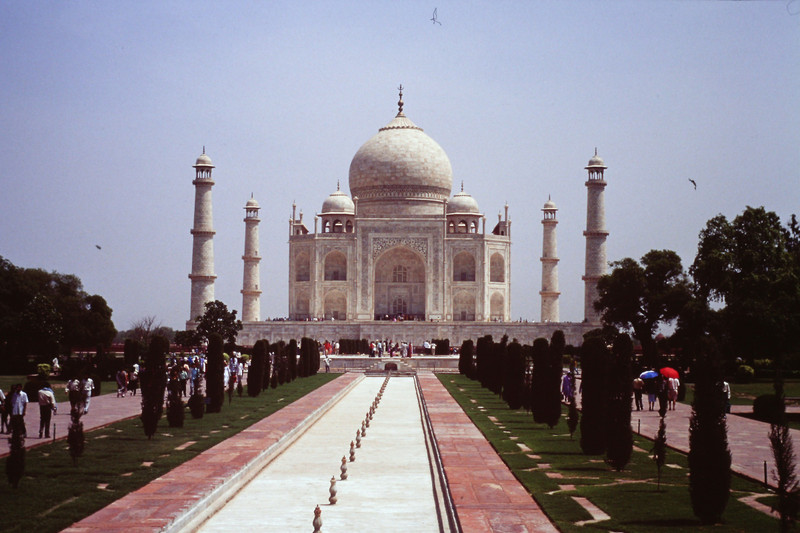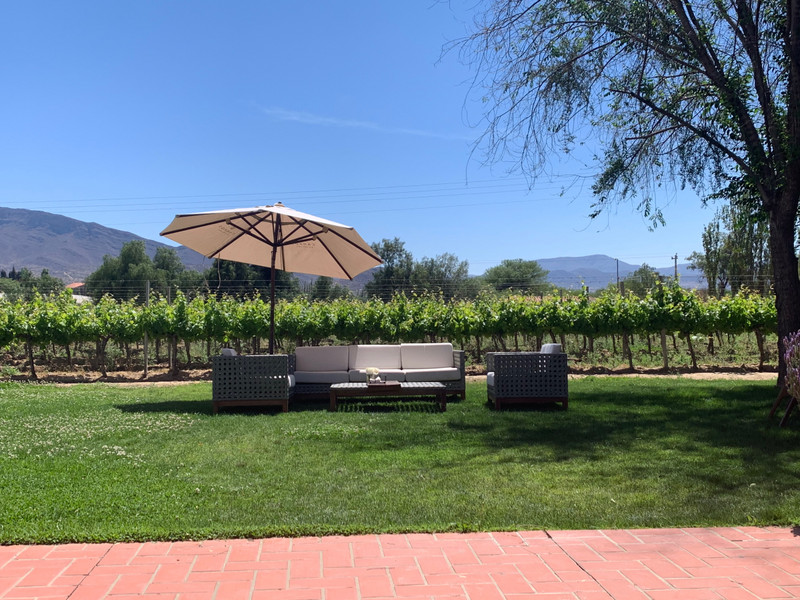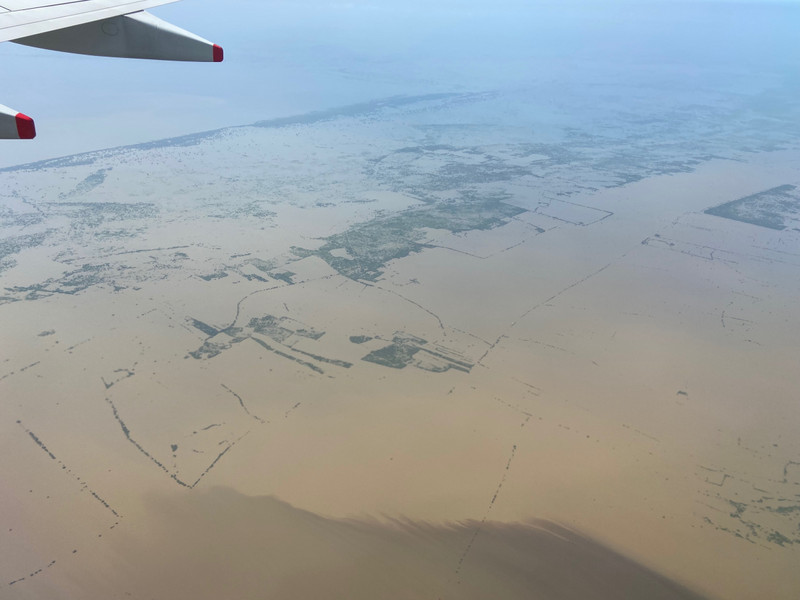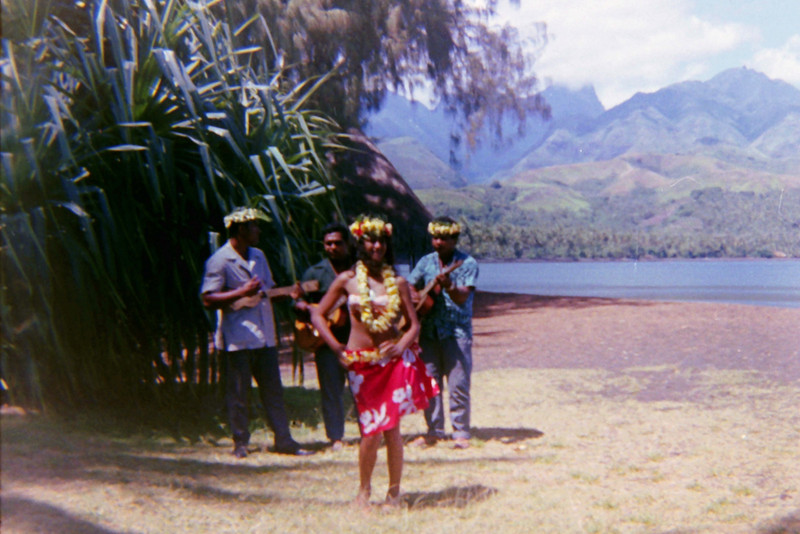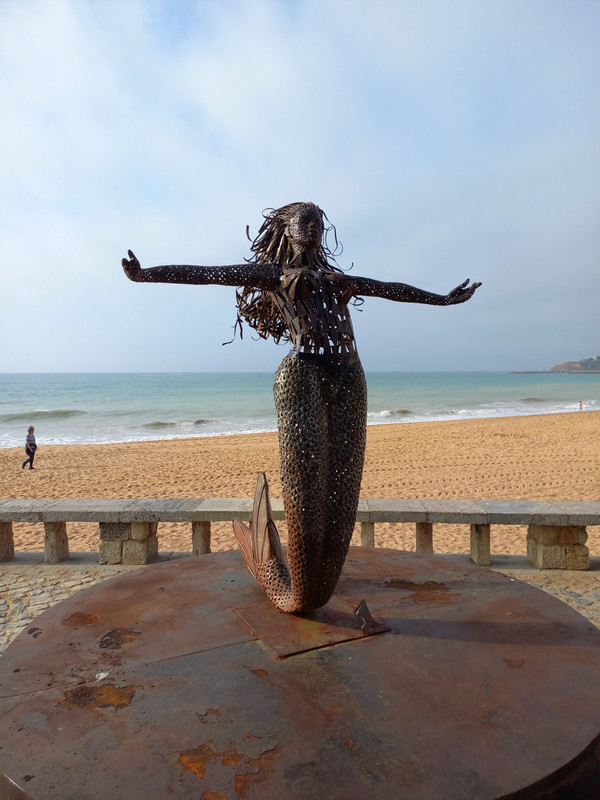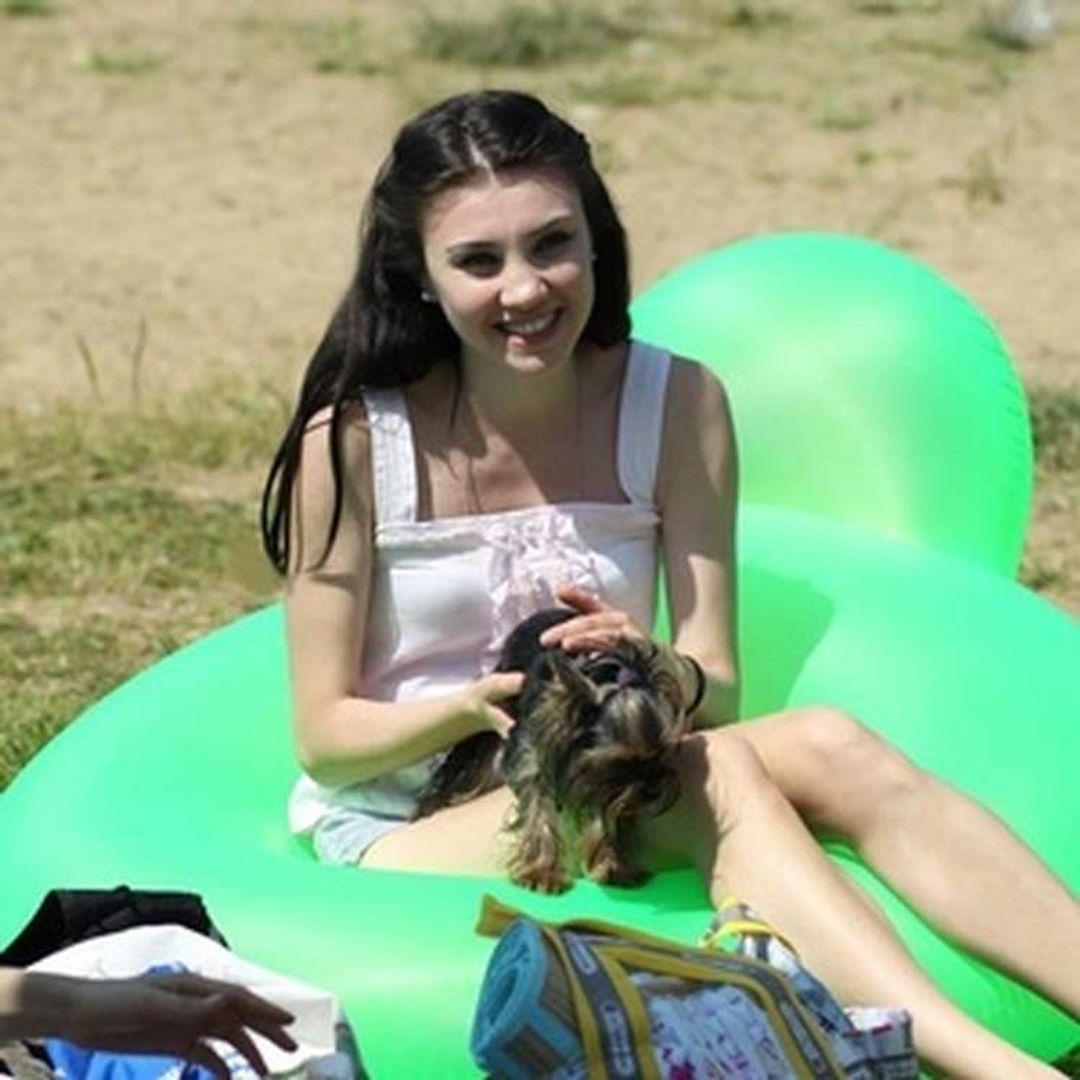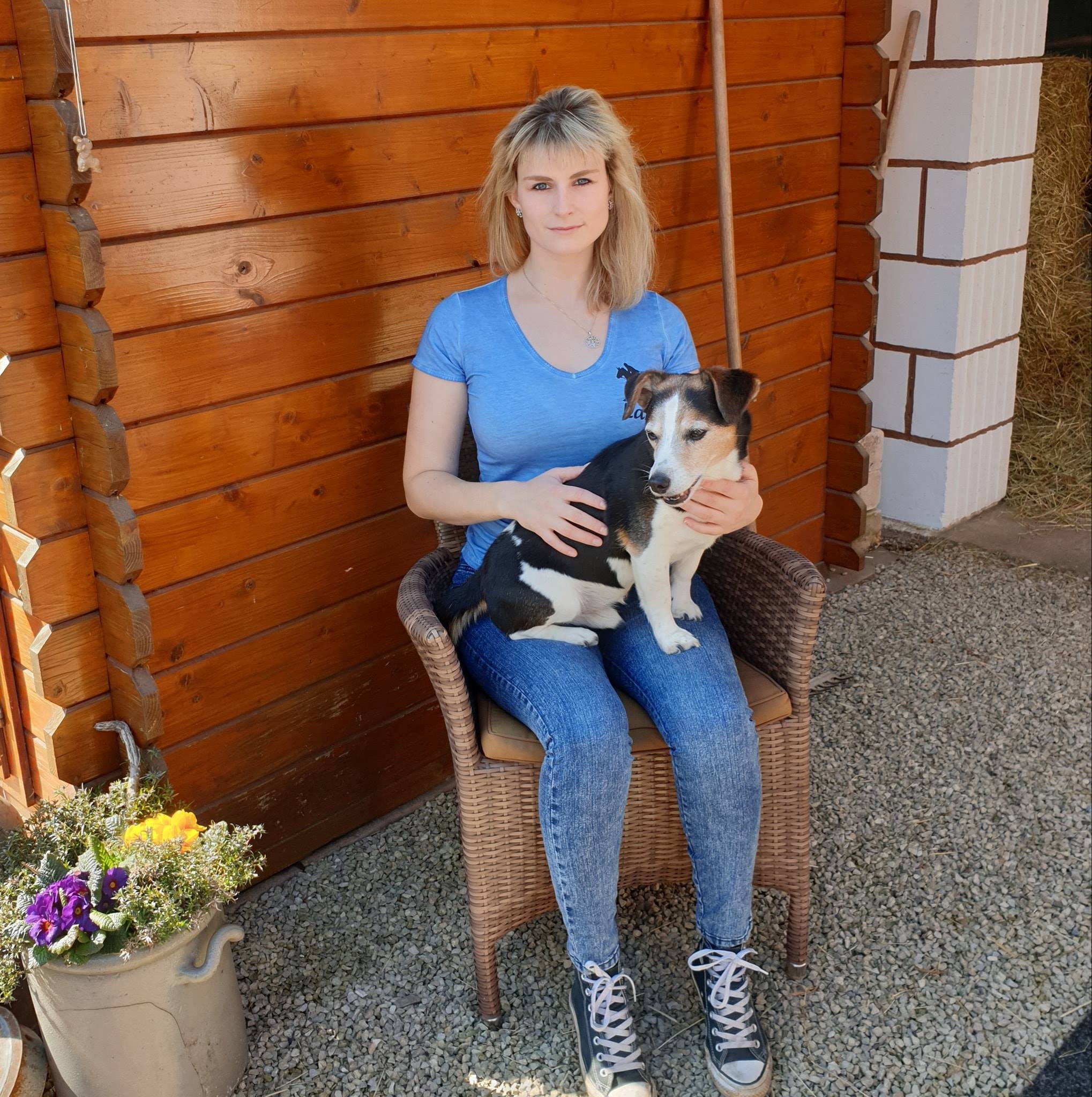In 2004, about one and a half years before we joined TravelBlog, we travelled in India for a few weeks. On that trip we learnt that it can get very hot in India in July. And that refers mainly to the weather. Of course, the food in India was also hot. But thats true regardless of what month of the year it is so no need to point that out.
When we left Sweden we had a general idea of where we wanted to go and what we wanted to see. After a few days we realised that wed have to alter those plans slightly. The weather was too hot for us to be able to enjoy our travels. To cool off we applied the same strategy as the British did when India was a colony. We left the lower regions and went up in the Himalayas for a while.
We are going to write about that later. The first week or so we stuck to our original plan. We then spent a few days in Delhi and Agra.
To go from Delhi to Agra takes about 2 hours on an express train. It is not to go from Delhi to Agra, see one or two sites in Agra, and then go back to Delhi again all in one day. We didnt want to rush through things like that so we spent a little longer in Agra and saw a bit more than the day trippers manage to see.
The Taj Mahal is one of the most famous and iconic structures ever built. It was constructed as a mausoleum over Mumtaz Mahal, the wife of Mughal emperor Shah Jahan. The mausoleum is built of white marble and is richly decorated with mosaics with inlayed stones or carvings.
The resemblance to a mosque is not coincidental since Shah Jahan was a Muslim. One of the buildings in the Taj is even a mosque.
Another important historical site in Agra is the Agra Fort, also known as the Red Fort. Because if its large size Agra Fort may more accurately be called a fortified town. It has throughout history served many purposes other than as a fortress.
It used to be home/palace for the Mughal emperors, its been a prison (Shah Jahan was imprisoned there during the last eight years of his life) and it has housed a production site for ammunition.
When we were in Agra we also visited a few lesser known sites. Akbars Tomb was one of these. Akbar was a Mughal emperor who ruled for almost 50 years in the end of the 16th and early in the 17th century.
The Tomb of is another impressive tomb in Agra. It was erected as a mausoleum of Mirza Ghiyas Beg, an important official in the Mughal Empire.
After Agra we went back to Delhi. There we visited the Qutb a collection of tombs, mosques, minarets and other structures. Most of it was built in the 14th century. The 600 years or so that has passed since the site was constructed has taken its toll. Much of it is today in a ruined state.
high and built from sandstone bricks. It is one of the best preserved structures of the Qutb Minar complex.
Near Qutb Minar are the foundations of another minaret, Alai Minar. It was begun and built to a height of about 25 meters when the project was abandoned. Seeing the size it has, it would have been fascinating to have seen it finished because it is absolutely massive.
The Iron pillar of Delhi is a 7 meters high iron pillar constructed in the 4th century CE. The fact that it hasnt rusted in the close to 1700 years it has existed is quite remarkable.
Finally wed like to mention the part of Delhi known as Paharganj. It is very dusty, very busy, very noisy and there are people everywhere. We have a bit of a love and hate relationship with Paharganj. We dont really like it but still we tend to find our there and therefore we are drawn there when we are in Delhi. The crowds are annoying and tiring but we still like it somehow.
